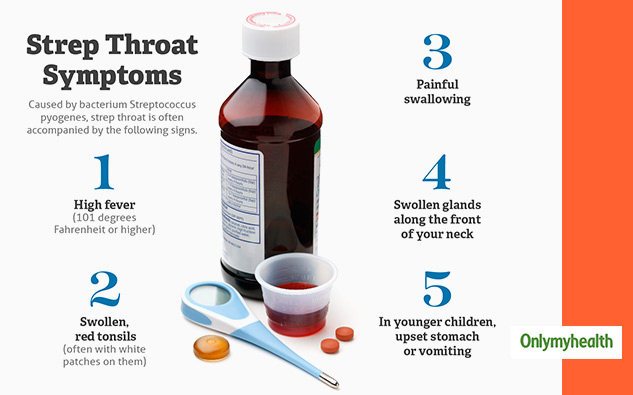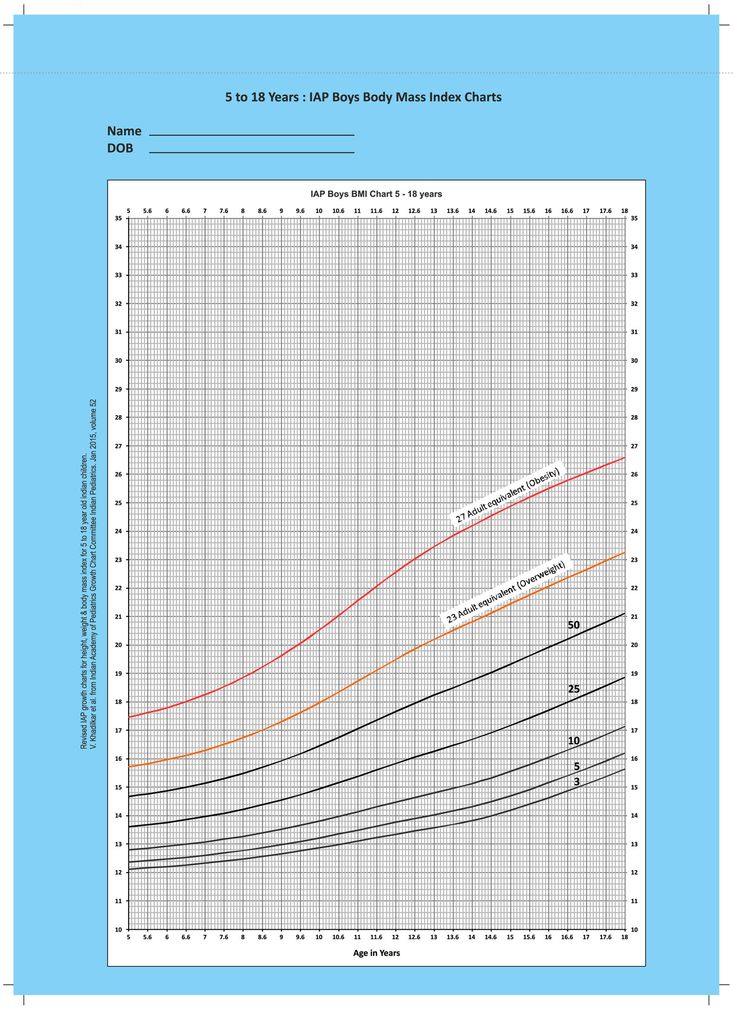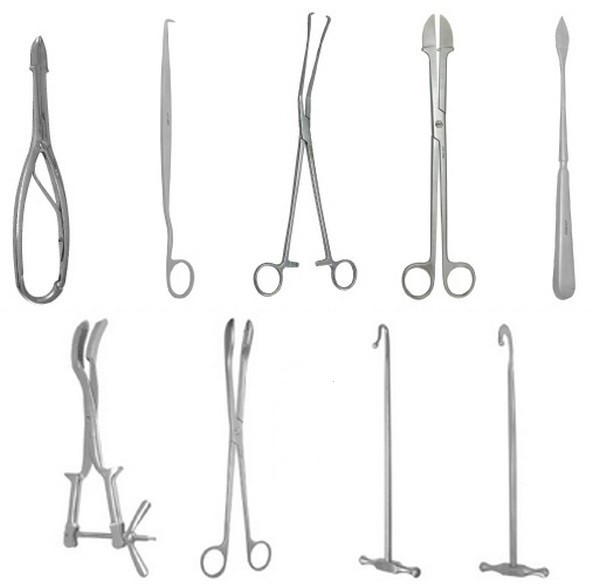How to tell if child has strep throat
Strep Throat (Bacterial): Symptoms, Diagnosis and Treatment
Nationwide Children’s Hospital
Two different germs cause sore throats – viruses and bacteria. When a sore throat comes on fast, it may be caused by the bacteria streptococci (strep-tuh-kaak-sai), or strep. Strep throat is most common in school-age children, but anyone can get it.
- Strep throat can be spread to others. It is contagious.
- Strep germs hang out in the nose and throat. When the infected person coughs, sneezes, or talks, the germs go into the air. They are then breathed in by others.
- The germs can also land on things and be picked up by touching them. ·
- Strep is easy to treat.
- Untreated strep can harm the body. If the body overreacts to the bacteria, it can lead to a disease called rheumatic fever.
Rheumatic fever can cause painful and swollen joints, a specific type of rash, kidney damage, or harm the heart.
- Start antibiotic medicine as soon as possible to prevent harm to the body.
- Untreated strep can harm the body. If the body overreacts to the bacteria, it can lead to a disease called rheumatic fever.
- People who test positive for strep but show no symptoms are called carriers. Carriers:
- Usually don’t take antibiotics. If your child gets a sore throat and you know they’re a strep carrier, the doctor or health care provider will treat their illness like a virus.
- Are less likely to get complications or spread the strep to others.
- Will always have positive throat cultures even after taking antibiotics. As many as 1 in 5 children are strep carriers.
Symptoms
A child with strep throat may any of these symptoms:
- Red, sore throat
- Fever
- White spots on back of throat, tonsils, or tongue
- Swollen, tender neck glands
- Bright red tongue
- Trouble swallowing
- Tiny red spots on roof of mouth
- Headache, fussiness
- Red, sandpaper-like rash on body (scarlet fever)
- Sleeping more than usual
- Stomachache, poor appetite, nausea or vomiting, especially in younger children
When a child has a cough, hoarseness, red eyes and runny nose, it may be due to a virus, the flu or a different illness rather than strep.
Diagnosis
The doctor or health care provider will examine your child, ask about signs and symptoms, and test for strep.
- There are 2 tests used to diagnose strep throat. Both use the same soft swab. The doctor or health care provider will brush 1 or 2 swabs over the back of the throat. Your child may gag a little.
- A rapid strep test (rapid antigen test) – It takes up to 30 minutes to get the results of a rapid strep test. You will stay until you get the results.
- A throat culture – Sometimes only this test is done. A swab is sent to the lab for testing. It takes 1 to 2 days to get the results. The lab will notify your child’s doctor or health care provider, who will then let you know the results.
- A positive rapid strep test or positive throat culture means that your child has strep throat caused by the harmful bacteria.
Treatment with Antibiotics
- If your child has a positive strep test, they will start to take antibiotic medicine right away, by mouth or by injection.

- Tell your child’s doctor or health care provider if they are allergic to penicillin. If they are, they will need to take a different antibiotic.
- Your child must take all medicine as prescribed, without stopping, even if they start to feel better (Picture 1). Stopping too early, taking too much, or missing doses can cause antibiotic resistance. Resistance means that the germs will be very hard to kill. Sometimes the infection can’t be treated at all.
- Antibiotics can have side effects like diarrhea or rash.
- Your child should start feeling better within 1 to 2 days.
How to Care For Your Child
There are things you can do to help your child feel better.
- Give them lots of liquids, like water, Pedialyte®, diluted apple juice, or popsicles. Give small amounts of liquid often (Picture 2).
- Give soft foods that are easy to swallow, like applesauce, mashed potatoes, hot cereal, or eggs.
 Your child may not want to eat much if it hurts to swallow.
Your child may not want to eat much if it hurts to swallow. - To soothe a sore throat, offer:
- For children over age 1, give warm fluids like water, herbal tea with honey, or diluted apple juice. Do not give honey to children under age 1. For some children, cold fluids or popsicles can be soothing.
- For children over age 4, give throat or cough lozenges or use throat sprays. Read the label to know the right dose for your child. Do not use throat sprays that contain benzocaine, as this could cause a drug reaction.
- For children over age 6 who are able to gargle without swallowing, mix ½ teaspoon of table salt in 8 ounces of warm water. Have them swish and gargle the mixture 2 to 3 times a day for the next few days. Do not let your child swallow the salt water; have them spit it out.
- For a fever or throat pain, give acetaminophen (Tylenol®) or ibuprofen (Advil® or Motrin®) as directed.
 Read the label to know the right dose for your child. Do not give aspirin or products that contain aspirin.
Read the label to know the right dose for your child. Do not give aspirin or products that contain aspirin.
How to Protect Others
- Keep your child away from others for 12 hours after they start antibiotics.
- Good hand washing is very important! Clean your hands and your child’s hands often with soap and water. Wash for 15 to 20 seconds, or the time it takes to sing "Happy Birthday." If soap and water are not available, an alcohol-based hand sanitizer that contains at least 60% alcohol may be used. Rub hands until dry Have your child cover their mouth when coughing or sneezing. Throw used tissues away right away.
- Do not share drinking cups or eating utensils.
- If anyone in the family gets a sore throat, they should be checked by their doctor or health care provider for strep.
- Tell your child’s school nurse and teacher if they have strep throat. The school needs to know so they can tell other parents to watch for symptoms in their children.

- Your child should stay home from school or childcare until they have taken antibiotic medicine for 12 hours and have no fever.
When to Call the Doctor or Health Care Provider
Call your child’s doctor or health care provider if they have started taking antibiotics and they:
- Develop a rash or diarrhea.
- Have a sore throat that lasts more than 3 days, starts drooling, cannot talk, or voice becomes muffled.
- Can’t eat or drink or show signs of being dried out (dehydration). Signs of dehydration:
- Does not pee (urinate)
- Newborn (0 to 4 months of age) - has less than 6 wet diapers in a day
- Child (4 months or older) - has less than 3 wet diapers in a day or pees less than 3 times a day
- Dry, sticky mouth
- Hard or fast breathing
- Urine is very dark
- No tears when crying
- Sunken-looking eyes
- Soft spot on baby's head is flat, sunken, or pulls in
- Bellyache (abdominal pain) that will not go away
- Hard to wake up (lethargic), acts confused or does not know what they're doing
- Does not pee (urinate)
- Start drooling, cannot talk, or voice becomes muffled.

- Have a fever. Use a digital thermometer and was it after each use.
- Younger than 3 months of age - 100.4° Fahrenheit (F) or 38° Celsius (C) or above
- Older than 3 months of age:
- 104° F (40° C) or above
- Above 102° F (38.9° C) for more than 2 days or it keeps coming back
- Treated to bring their fever down, but it hasn’t worked
- Any age - has a fever and:
- An unusual rash.
- Has been in a very hot place, such as an overheated car.
- Looks very ill, is fussy, or very drowsy.
- Is not eating or drinking and shows signs of dehydration - dry or sticky mouth, sunken eyes, dark urine, dry diapers, or not urinating.
- Has a stiff neck, a bad headache, very sore throat, a painful stomachache, vomiting, or diarrhea.
- Has immune system problems that make them more likely to get sick, such as sickle cell disease or cancer, or takes medicine that weakens the immune system.

Strep Throat - Bacterial (PDF), Somali (PDF), Spanish (PDF)
HH-I-122 ©11/1989, revised 8/22 Nationwide Children’s Hospital
You Might Also Be Interested In
Article
Throat Culture
Blog
What You Need to Know about Strep Throat
Blog
Antibiotics: When They Help and When They Hurt
Strep Throat (for Parents) - Nemours KidsHealth
What Is Strep Throat?
Strep throat is an infection caused by a type of bacteria (group A streptococcus). Strep bacteria are the most common cause of bacterial sore throat in children and teens.
Strep bacteria are the most common cause of bacterial sore throat in children and teens.
Strep throat usually needs treatment with antibiotics. With the proper medical care — and plenty of rest and fluids — most kids get back to school and play within a few days.
What Are the Signs & Symptoms of Strep Throat?
Symptoms of strep throat include:
- sore throat
- fever
- red and swollen tonsils
- painful or swollen neck glands
Not all sore throats are strep throats. Often, kids have a sore throat because of a
virus, which will usually clear up without medical treatment.
Kids who do have strep throat might get other symptoms within about 3 days, such as:
- red and white patches in the throat
- trouble swallowing
- a headache
- lower stomach pain
- general discomfort, uneasiness, or ill feeling
- loss of appetite
- nausea
- rash
Is Strep Throat Contagious?
Strep throat is very contagious. Anybody can get it, but most cases are in school-age kids and teens. Infections are common during the school year, with peaks in winter and early spring, when big groups of kids and teens are in close contact.
Anybody can get it, but most cases are in school-age kids and teens. Infections are common during the school year, with peaks in winter and early spring, when big groups of kids and teens are in close contact.
How Do People Get Strep Throat?
The bacteria that cause strep throat tend to hang out in the nose and throat. So normal activities like sneezing, coughing, or shaking hands can easily spread an infection from one person to another.
Kids with untreated strep throat are more likely to spread the infection when their symptoms are most severe, but can still infect others for up to 3 weeks.
That's why it's so important to teach kids to wash their hands. well and often. This can lower their chances of getting contagious diseases like strep throat.
How Is Strep Throat Diagnosed?
If your child has a sore throat and other strep throat symptoms, call your doctor. The doctor will likely do a rapid strep test in the office, using a cotton swab to take a sample of the fluids at the back of the throat. The test only takes about 5 minutes.
The test only takes about 5 minutes.
If it's positive, your child has strep throat. If it's negative, the doctor will send a sample to a lab for a throat culture. The results are usually available within a few days.
How Is Strep Throat Treated?
Doctors usually prescribe about 10 days of antibiotic medicine to treat strep throat. Within about 24 hours after starting on antibiotics, your child probably won't have a fever and won't be contagious. By the second or third day, other symptoms should start to go away.
Even when kids feel better, they should take the antibiotics as prescribed. This is the best way to kill the harmful bacteria. Otherwise, bacteria can stay in the throat and symptoms can come back. Completing all the antibiotics also prevents other health problems that a strep infection can cause, such as rheumatic fever (which can cause heart damage), scarlet fever, blood infections, or kidney disease.
To prevent spreading strep throat to others in your home:
- Keep your child's eating utensils, dishes, and drinking glasses separate and wash them in hot, soapy water after each use.

- Make sure your child doesn't share food, drinks, napkins, handkerchiefs, or towels with other family members.
- Teach your child to cover all sneezes or coughs. If a tissue isn't handy, kids should sneeze or cough into their elbow, not their hands.
- Remind everyone to wash their hands well and often.
- Give your child a new toothbrush after the antibiotic treatment starts and they're no longer contagious.
How Can I Help My Child Feel Better?
Home care can help your child feel better while battling strep throat. Give plenty of liquids to prevent dehydration, such as water or ginger ale, especially if your child had a fever. Avoid orange juice, grapefruit juice, lemonade, or other acidic beverages, which can irritate a sore throat. Warm liquids like soups, sweetened tea, or hot chocolate can be soothing.
For fever and pain, your doctor may suggest an over-the-counter medicine, such as acetaminophen or ibuprofen. Follow the package directions on how much to give and when.
Talk to your doctor about when your child can return to normal activities. Most kids can go back to school when they've taken antibiotics for at least 24 hours and no longer have a fever.
Reviewed by: Rachel S. Schare, MD
Date reviewed: April 2022
Angina in a child. Diagnosis and treatment of tonsillitis in children at the Fantasy clinic in Moscow
We treat children according to the principles of evidence-based medicine: we choose only those diagnostic and treatment methods that have proven their effectiveness. We will never prescribe unnecessary examinations and medicines!
Make an appointment via WhatsApp
Prices Doctors
The first children's clinic of evidence-based medicine in Moscow
No unnecessary examinations and drugs! We will prescribe only what has proven effective and will help your child.
Treatment according to world standards
We treat children with the same quality as in the best medical centers in the world.
The best team of doctors in Fantasy!
Pediatricians and subspecialists Fantasy - highly experienced doctors, members of professional societies. Doctors constantly improve their qualifications, undergo internships abroad.
Ultimate safety of treatment
We have made children's medicine safe! All our staff work according to the most stringent international standards JCI
We have fun, like visiting best friends
Game room, cheerful animator, gifts after the reception. We try to make friends with the child and do everything to make the little patient feel comfortable with us.
You can make an appointment by calling or by filling out the form on the site
Other services under "Pediatric otolaryngology (ENT diseases)"
- Consultation of a pediatric ENT doctor
Manipulations, procedures, operations
- Opening of a tonsil cyst in children
- Removal of a foreign body from the ear or nose of a child
- Stopping nosebleeds in children
- Opening of abscesses and hematomas of the nasal septum in children
- Reposition of the bones of the nose for a child
- Opening and drainage of hematomas in a child
- Removal of adenoids in children
- Shunting of the eardrums for a child installation of ventilation tubes
- Washing the lacunae of the tonsils for a child
Frequent calls
- Snoring in a child: causes and treatment
- Obstructive sleep apnea syndrome (OSAS) in children
- Hearing impairment in children: diagnosis and treatment
- Allergic rhinitis in a child: diagnosis and treatment
- Sulfur plug in a child
- Laryngitis in children: treatment
- Enlarged cervical lymph nodes in a child
- Treatment of adenoids without surgery
- Otitis media in children: diagnosis and treatment
Online payment
Documents online
Online services
Diseases - blog of pediatricians of the children's clinic "RebenOK"
Diseases - blog of pediatricians of the children's clinic "RebenOK"- Learn more
- How much water does a child need

- Help for pregnant teenager

- How much is social security benefits for a child

- 6 month old percentile chart

- Baby starts kicking

- Pregnant short hair

- Surgical procedures for abortion

- Baby monthly chart

- Labor starts and stops

- Breast milk pregnant

- When does a babies soft spot go away


